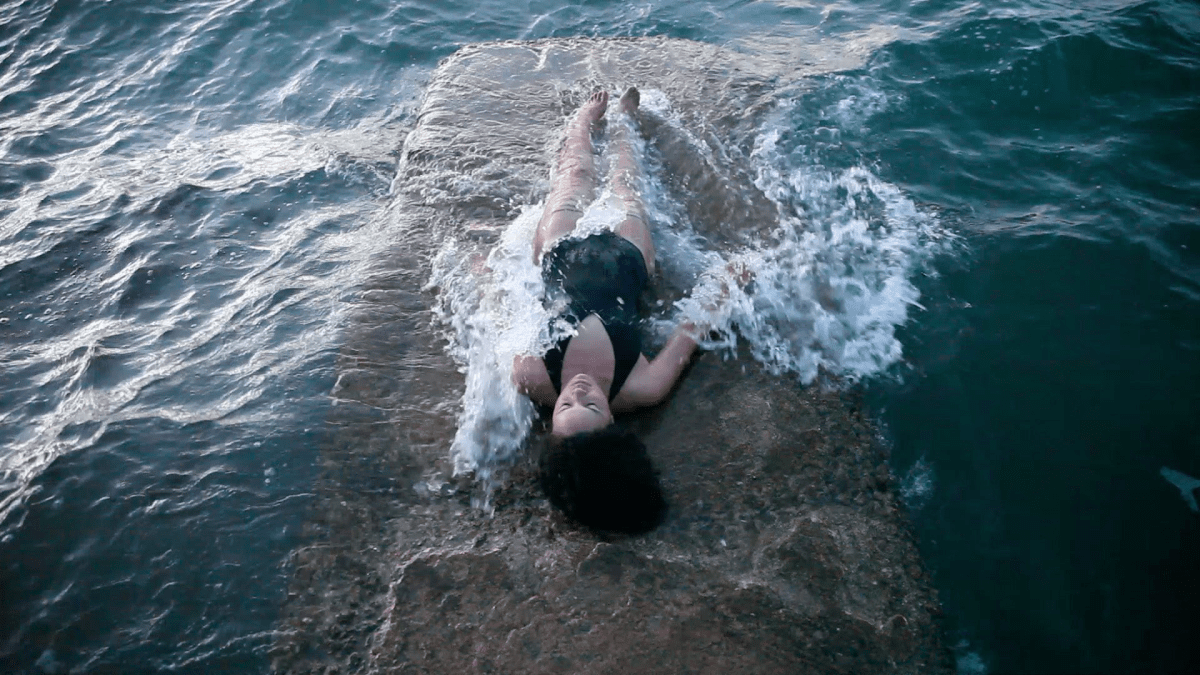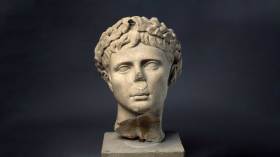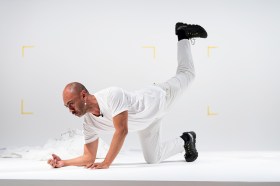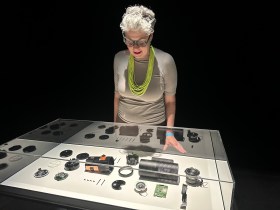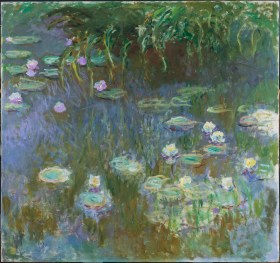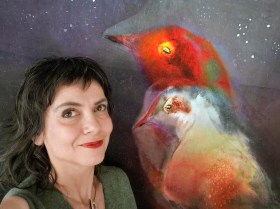While being drawn to water is a primal instinct, Australia‘s visual art scene has presented an especially fertile hotbed of contemporary discussions around the theme of water in recent years.
Curators have adopted water’s characteristics of fluidity, resilience and interconnectivity to bring often heated and contested discussions to the forefront in a way that is open to interpretation and remains relevant for years to come.
The latest takes are the 23rd Biennale of Sydney, which announced its theme ‘rīvus’ (meaning stream in Latin) in April ahead of its 2022 exhibition, and WA’s Fremantle Biennale CROSSING 21, which this week revealed its program that explores the site’s relationship to Derbarl Yerrigan (Swan River), due to roll out to audiences in November.
Why has this curatorial focus on water been saturating the visual arts – indeed escalating – and does it go beyond a climate conversation? ArtsHub put the question to four curators: Danni Zuvela, Geraldine Kirrihi Barlow, Nina Miall and José Roca.
Danni Zuvela
Water Rites, ACE Open, 24 September – 20 November 2021
Danni Zuvela has curated the upcoming group show Water Rites at Adelaide’s ACE Open Gallery – geographically situated in the driest state on Earth’s driest continent. Her interest in water comes from a point of research on post-humanities.
‘[Water] is so huge that it runs the risk of kind of becoming everything,’ Zuvela explained. ’For me, this came through wanting to provide a voice for a non-human … What does water do? What would water want?’
Fun fact: the Yarra River is Australia’s first river granted legal recognition as a living entity in 2017, while in the same year the world’s first river granted legal personhood was the Whanganui River of New Zealand’s Whanganui tribes, whom believe human and water are especially intertwined.
For Water Rites, Zuvela said: ‘A big theme in this show is water country, and water as Country … Water when it is treated as a commodity, when it is a body, when it is a communication vessel or stage for cultural stories and cultural practices.’
Zuvela’s exhibition will be activated with community programs, including Kurangk Listening, Seaweed and Kayaking workshop and collaborations with the local Barngarla Artist Exchange.
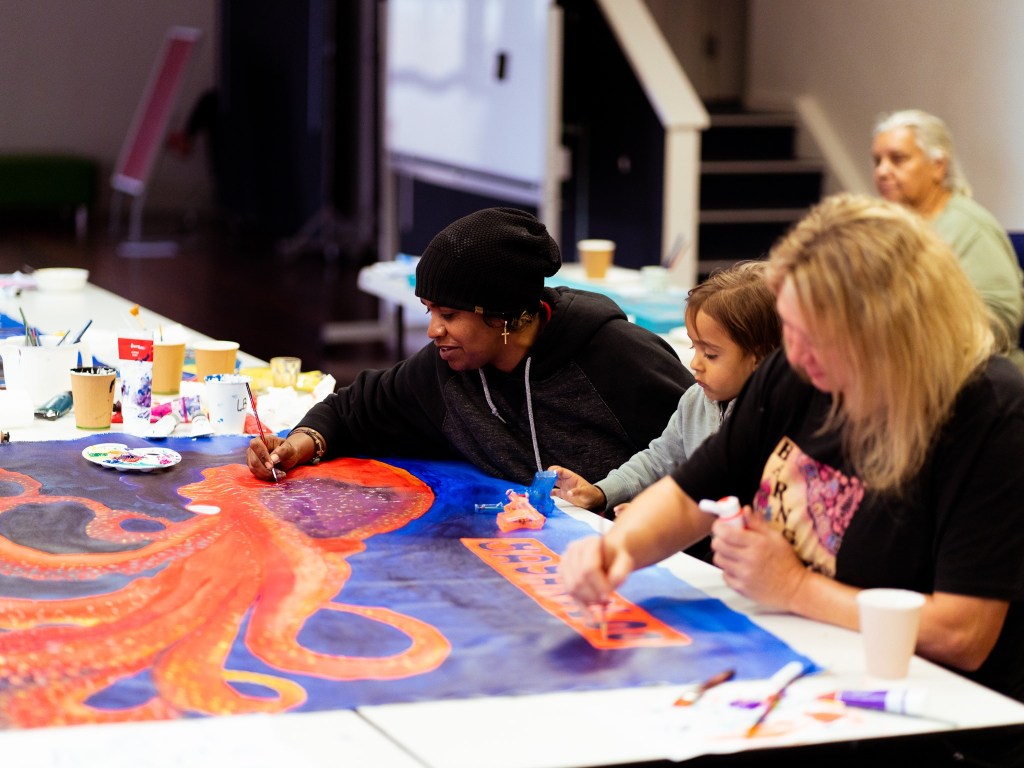
ACE Artistic Director Patrice Sharkey weighed in: ‘[Water] is a local issue for South Australia and the Murray Darling Basin which is drying out … [What we do] is to alert people to broader stories and involve them in points of view about the world that they perhaps hadn’t experienced before … It’s a topic that can be very human and very geopolitical at the same time.’
Read: Exhibition review: Bridget Currie – Message from the Meadow, ACE Open, Adelaide
Zuvela highlighted that it is imperative that Australia continues to hold conversations surrounding water.
‘At the end of the day, I feel like it’s just really important that we keep talking about water, and in Australia we don’t let the mismanagement and the outright theft and corruption that have marked our relationship with water in this country … the one way that we can at least get it on the agenda is by making art experiences around it,’ Zuvela concluded.
Nina Miall
TarraWarra Biennial 2021: Slow Moving Waters, 27 March – 11 July 2021
Miall, who curated the 2021 TarraWarra Biennial and recently joined QAGOMA as the Curator of International Art, also points to locality and site as the starting point for catching the curatorial wave.
Read: What does ‘international’ mean post pandemic for exhibition programming
‘In the course of my research I learned quite fortuitously that the word TarraWarra is a Woiwurrung word accepting the translation slow moving waters … thus the Birrarung (Yarra River) which marks the southern boundary of the TarraWarra Estate became a really important motif for this show,’ Miall explained.
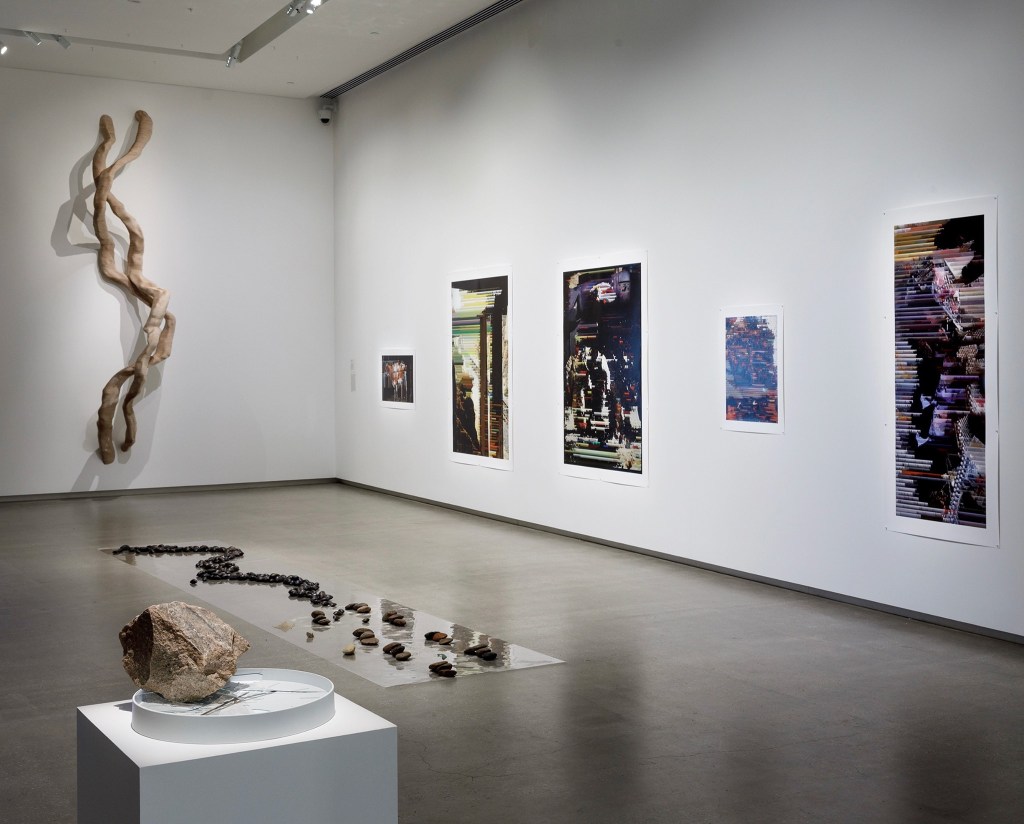
From the perspective of uncovering Indigenous connection to Country, and awareness of the natural world, Miall said: ‘There’s been a growing awareness with Bruce Pascoe’s brilliant Dark Emu looking at agricultural practice … And Jonathan Jones had a work in the exhibition implying how the worsening conditions of the waterways speak directly to the declining health of many Aboriginal communities.’
‘I took my cue from [the river’s] logic – this sort of gentle meandering flow and counter currents, holding the possibilities for resistance and other ways of being in the world.’
The discovery or excavation of water [in visual art] is not new, but I do think we’ve tried to explore the kind of local resonances of it here [in Australia] … there’s also the growing trend in international curatorial practice for a much more localised engagement with site.’
Nina Miall
Talking about this flow of dialogue around Australia, Miall said: ‘I think increasingly there’s collaboration across and between curators in Australia; it certainly is my preferred way of working … Geraldine [Barlow] and I were quite aligned in our approaches – both shows had that kind of balance of poetry and politics.’
Geraldine Barlow
Water, QAGOMA, 7 December 2019 – 23 March 2020
Even when drawing upon a breath of international artists, water can hold conversations and adapt to create synergies between the different works.
’The national landscape in Queensland politically has this quite interesting role; it seems to have the potential to swing the nation to the right in terms of our politics.’
I felt like [water] would offer us an opportunity – instead of being divided into our usual camps – to try and approach a subject that we share.
Geraldine Barlow
Speaking to Australia’s devastating natural disasters from droughts to bushfires, Barlow reflected: ‘I felt that as much as we’re talking about water and the dream and sensation of it, I wanted the show to talk about the lack of water so that it felt like a place of relevance for people from a range of perspectives to come together.’
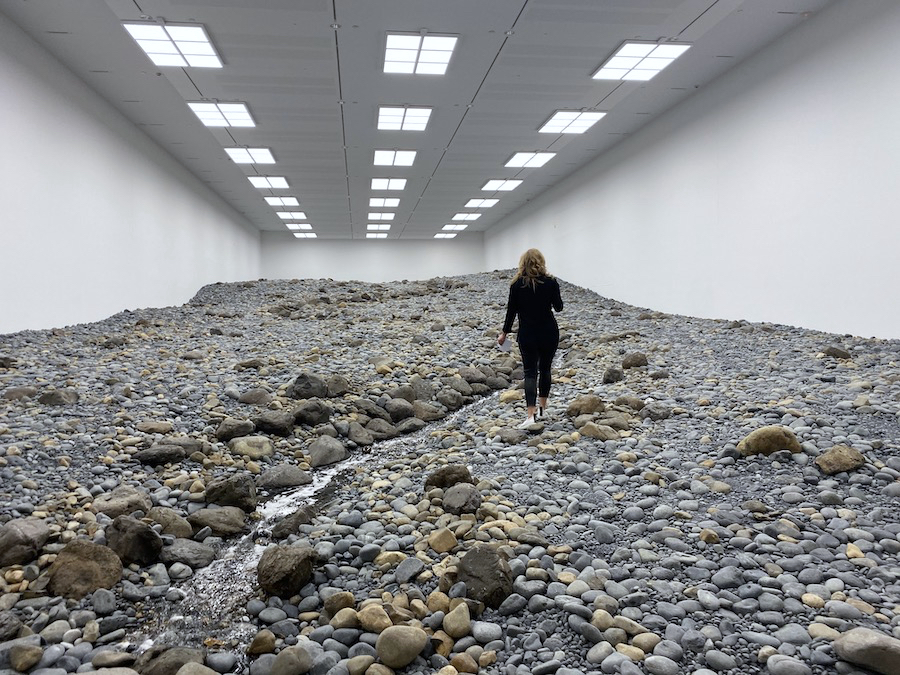
The idea of slowness and sustainability also speaks through Barlow’s approach and shes hopes to sustain in future projects: ‘My hope was that we wouldn’t just finish with water … we are thinking about that question of the one-off model versus creating a longer trajectory.
’There are aspects of the political landscape around sustainability in how to deal with the short term challenges and optics … But we need to think about those questions around commissioning sustainable practices, also in terms of sustainable careers and livelihoods.’
José Roca
23rd Biennale of Sydney rīvus, 12 March – 13 June 2022
Also weaving this thread of sustainable practices is Colombian curator and Artistic Director of the 23rd Biennale of Sydney, José Roca.
‘[rīvus] is part of this ongoing conversation originating from my 2014 exhibition Water Weavers about rivers and waterways in Colombia, and the economies they sustain … One of the words that comes from rivers is derivation or derived, and that highlights the need for continuity – just like river is a tributary to a bigger one. I see this project stemming in a way from other exhibitions that have happened before.’
To draw from local knowledge and solidify Roca’s vision in an Australian context, a Curatorium was established with representatives from each participating venue: Paschal Daantos Berry (AGNSW), Anna Davis (MCA), Hannah Donnelly (Producer, First Nations Programs, Information + Cultural Exchange), and Talia Linz (Artspace).
However, the spirit of collaboration doesn’t end with the curators taking over their own space, Roca explained: ‘It is a collective, and collectively we decide which artists should be presented where.’
Initially, ‘rights of nature’, ‘assembled ecosystems’ and the ‘weaponising of waterways’ were points of focus. ‘When you touch upon the issue of rivers or waters, you bring up the issue of the relentless privatisation of the commons, how communities are displaced and bodies of water weaponised with political or economic interests.’
Read: Art’s weapon against future water wars
It is also true that consensus kills radicality, so I am always very keen to respect this quest for radicality and difference, but on the other hand, I want the group to be fully behind the entire project.
José Roca
Two projects will facilitate dialogue around water leading up to the biennale, and once it’s open to the public. Water Lessons is an education program happening every month from April 2021 that allows participants to ‘learn through the arts as opposed to attaching a pedagogical project to an already finished curatorial project.’
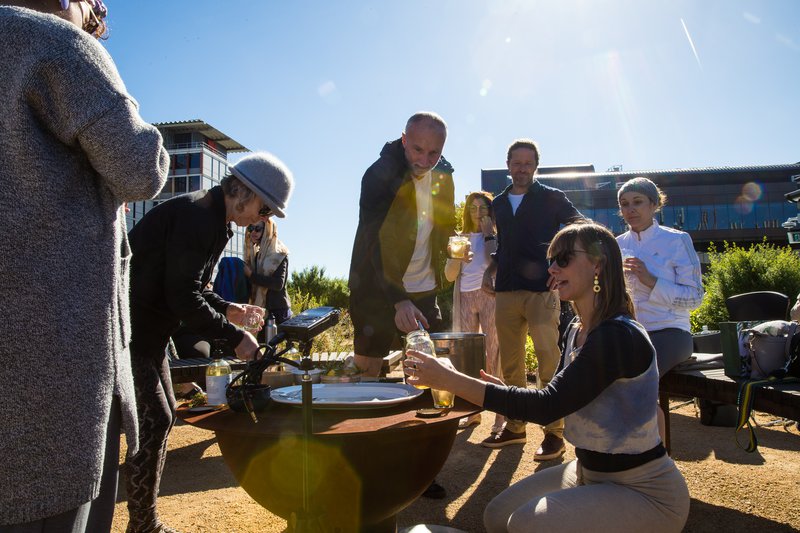
Another is a Glossary of Water to replace the traditional exhibition catalog, currently a work in progress with 500 pages on ’different states of water through historical and contemporary texts from journalism, science, literature, music lyrics, poems and such.’
Being a substance of a thousand forms, Roca concluded that water served as a rich jumping point to bring in other concepts: ‘When you visit the biennale it won’t be about rivers or water per se, but it establishes a kind of flow between ideas about weather, conflict, inter species collaboration and such.’

